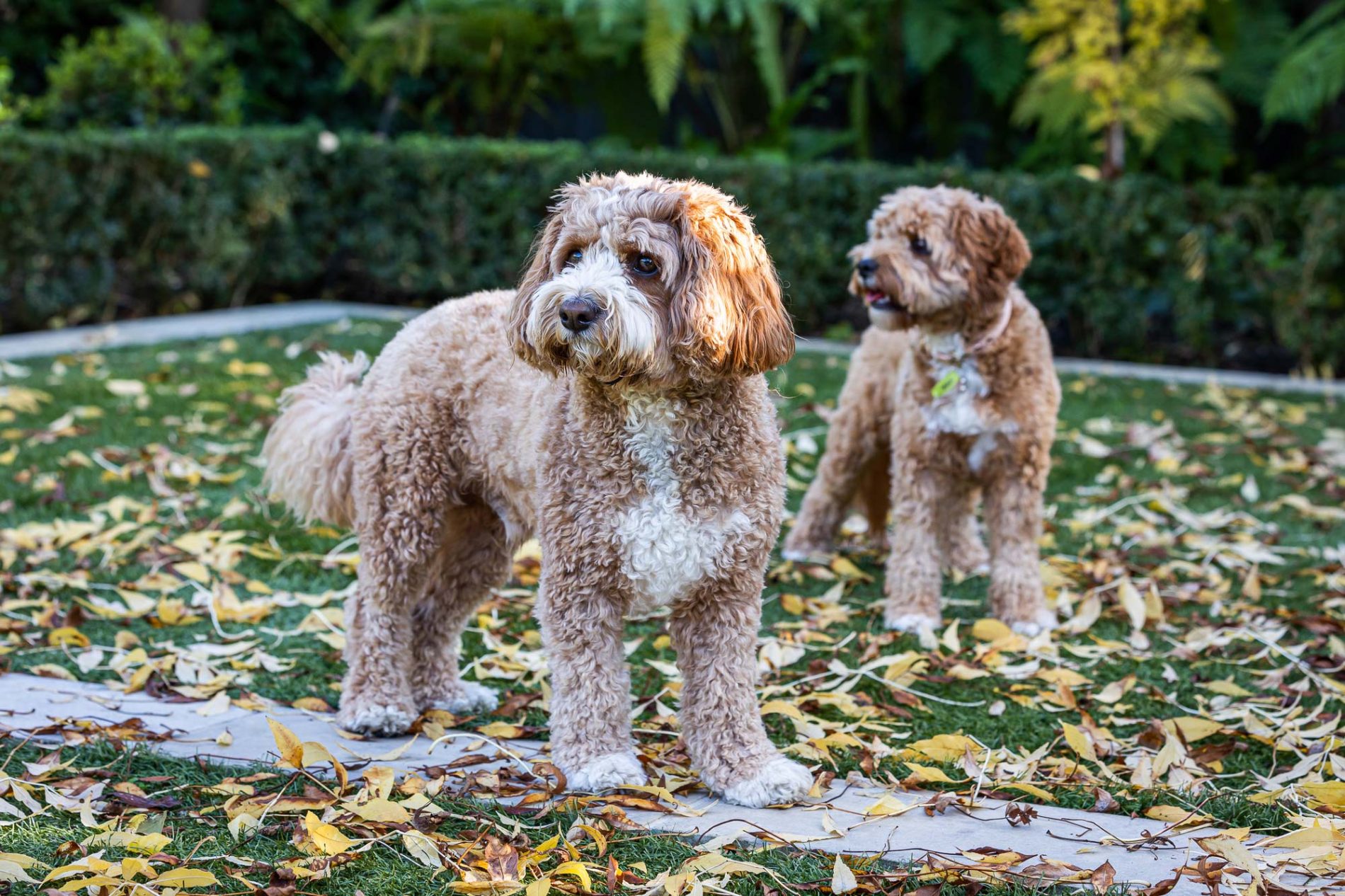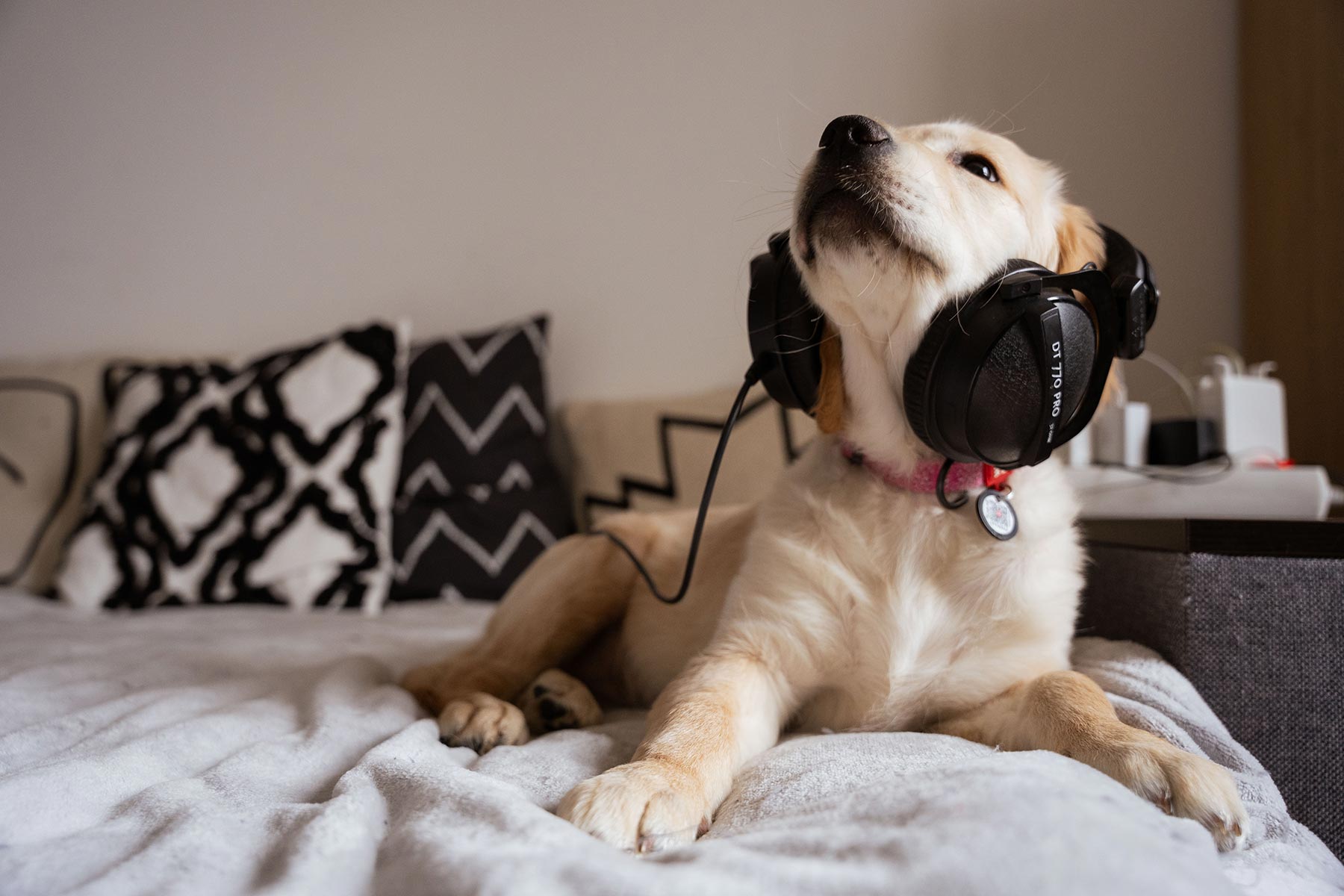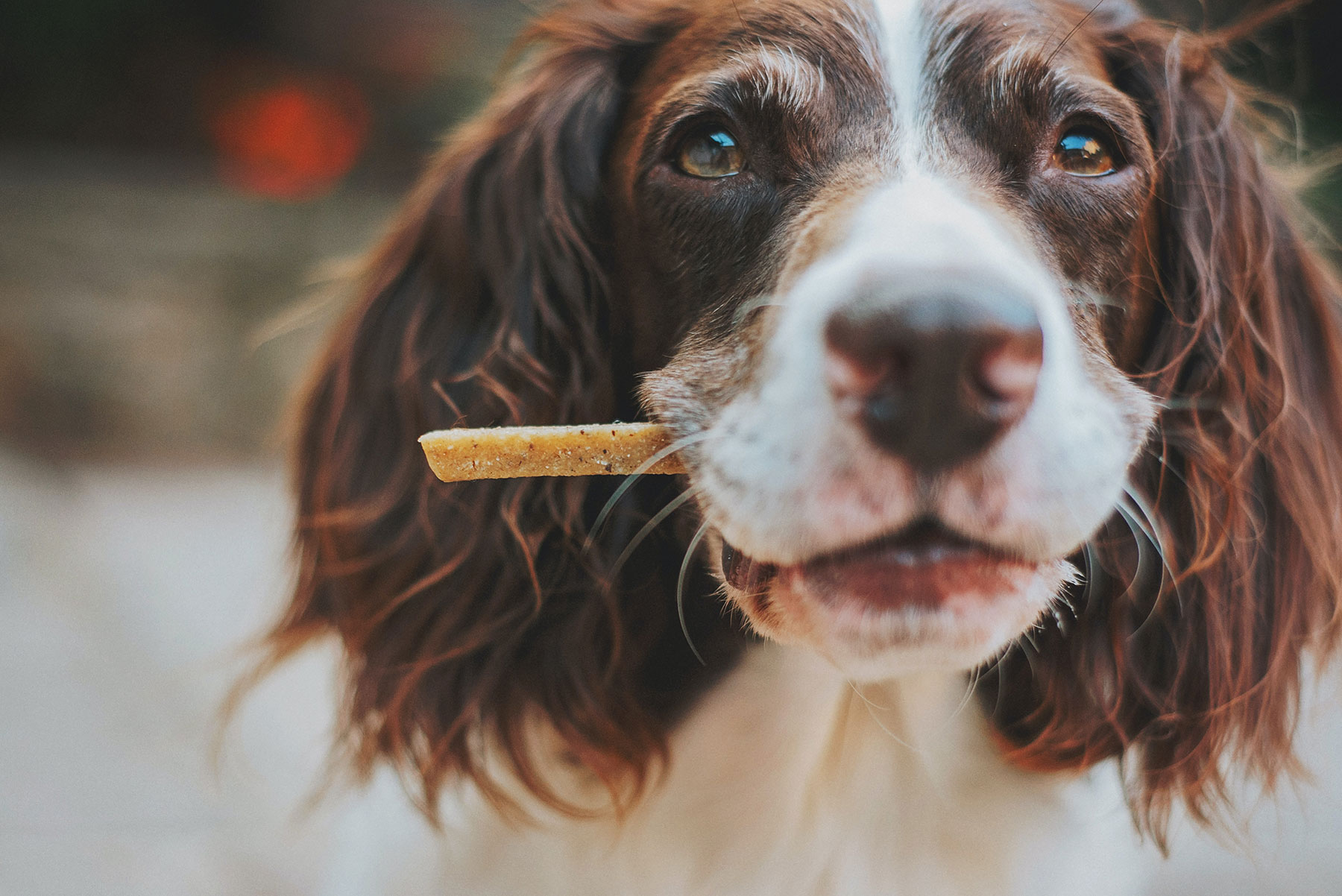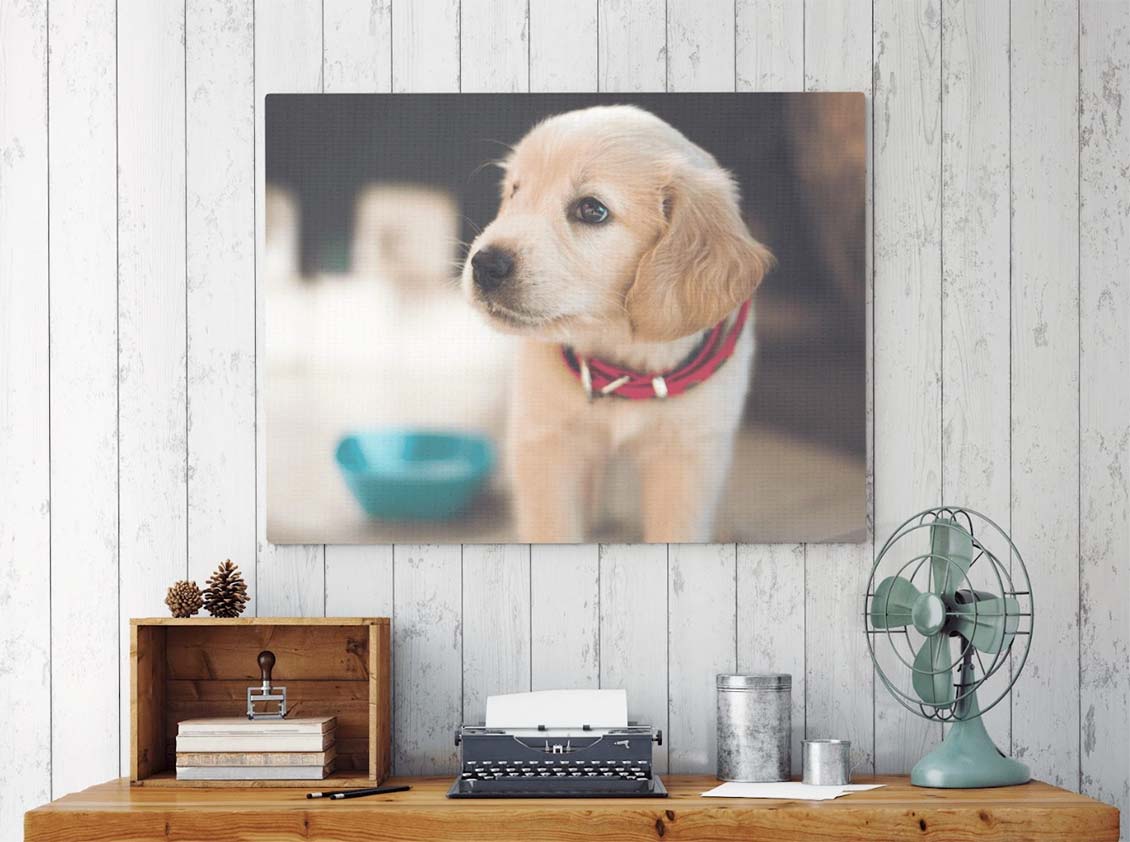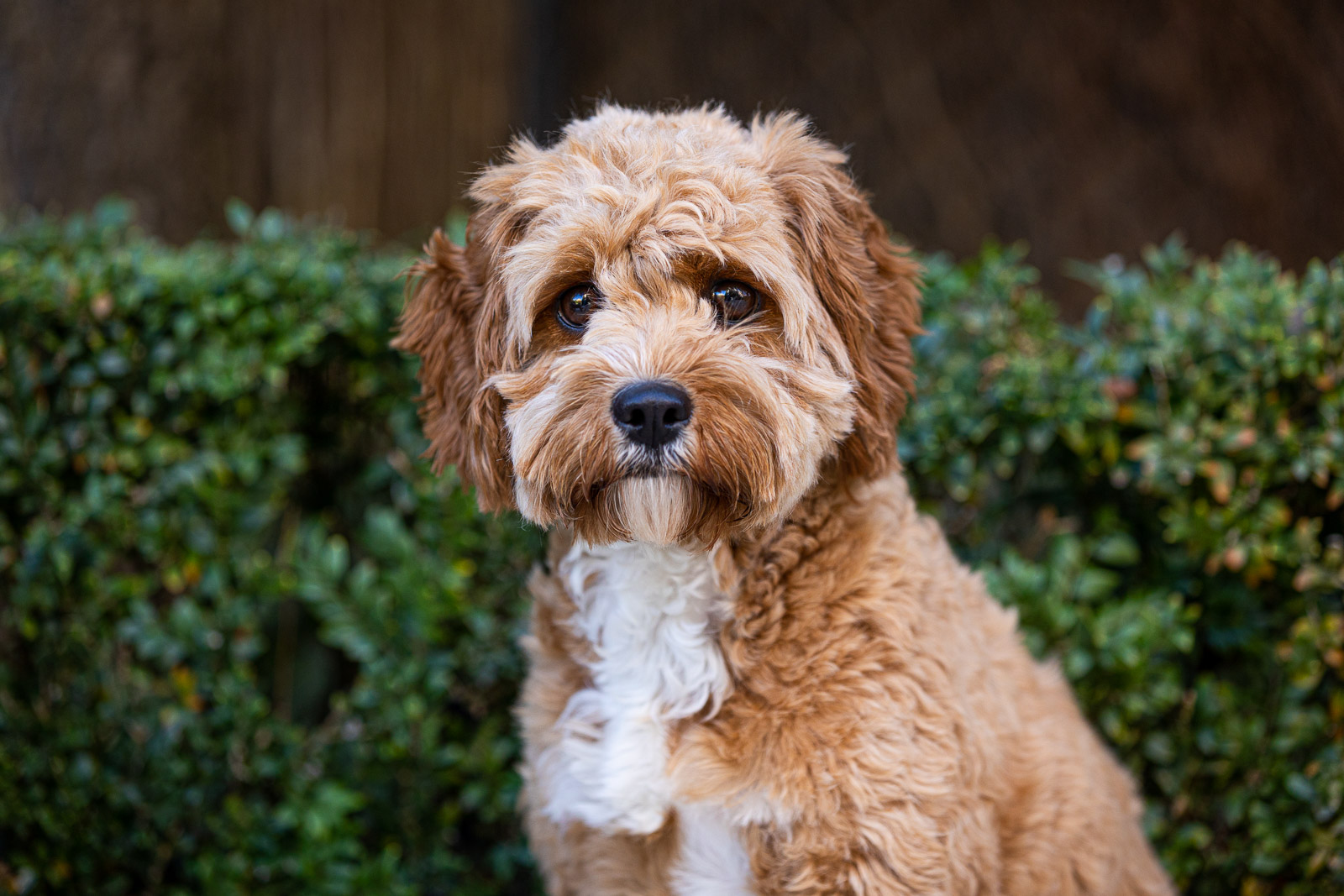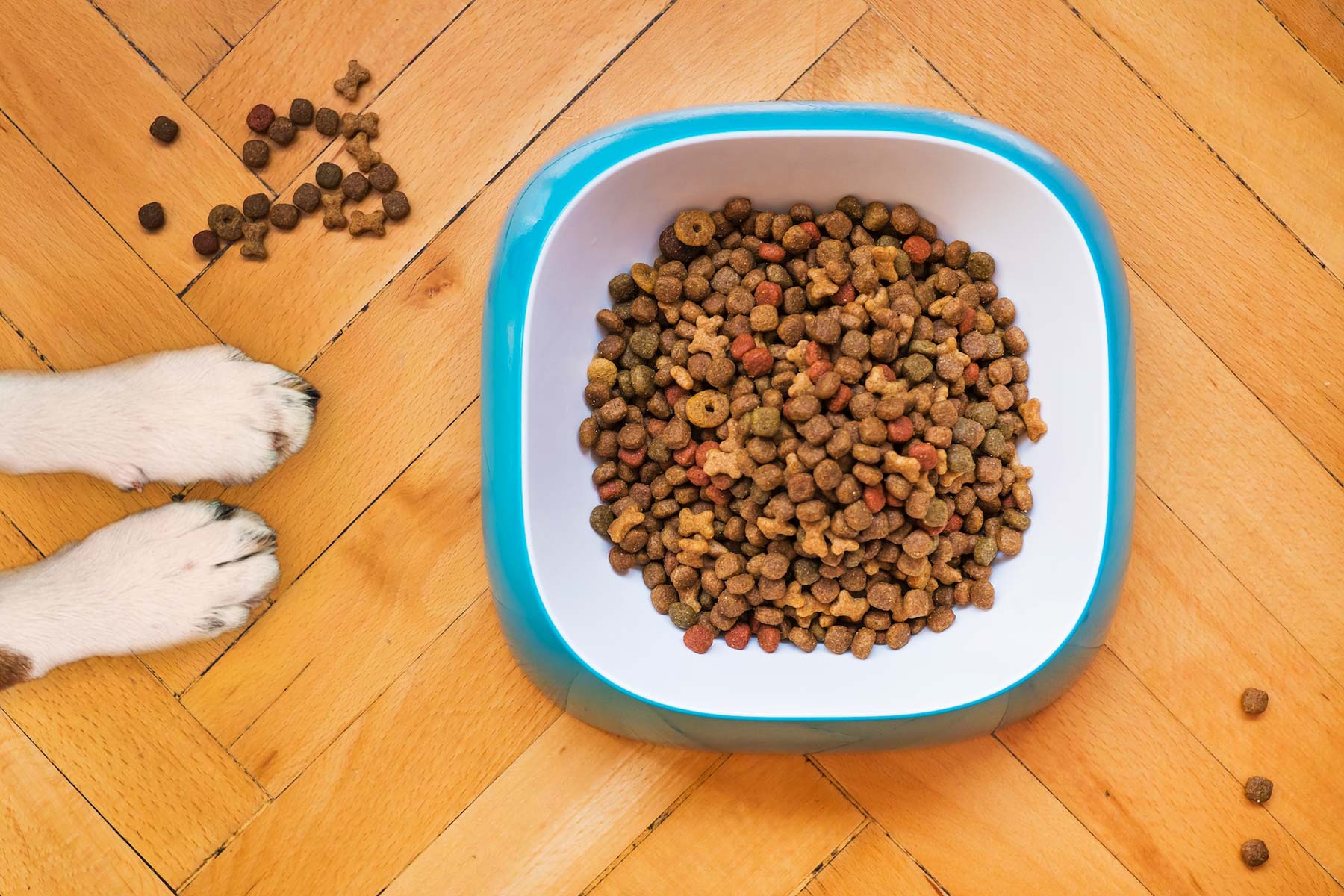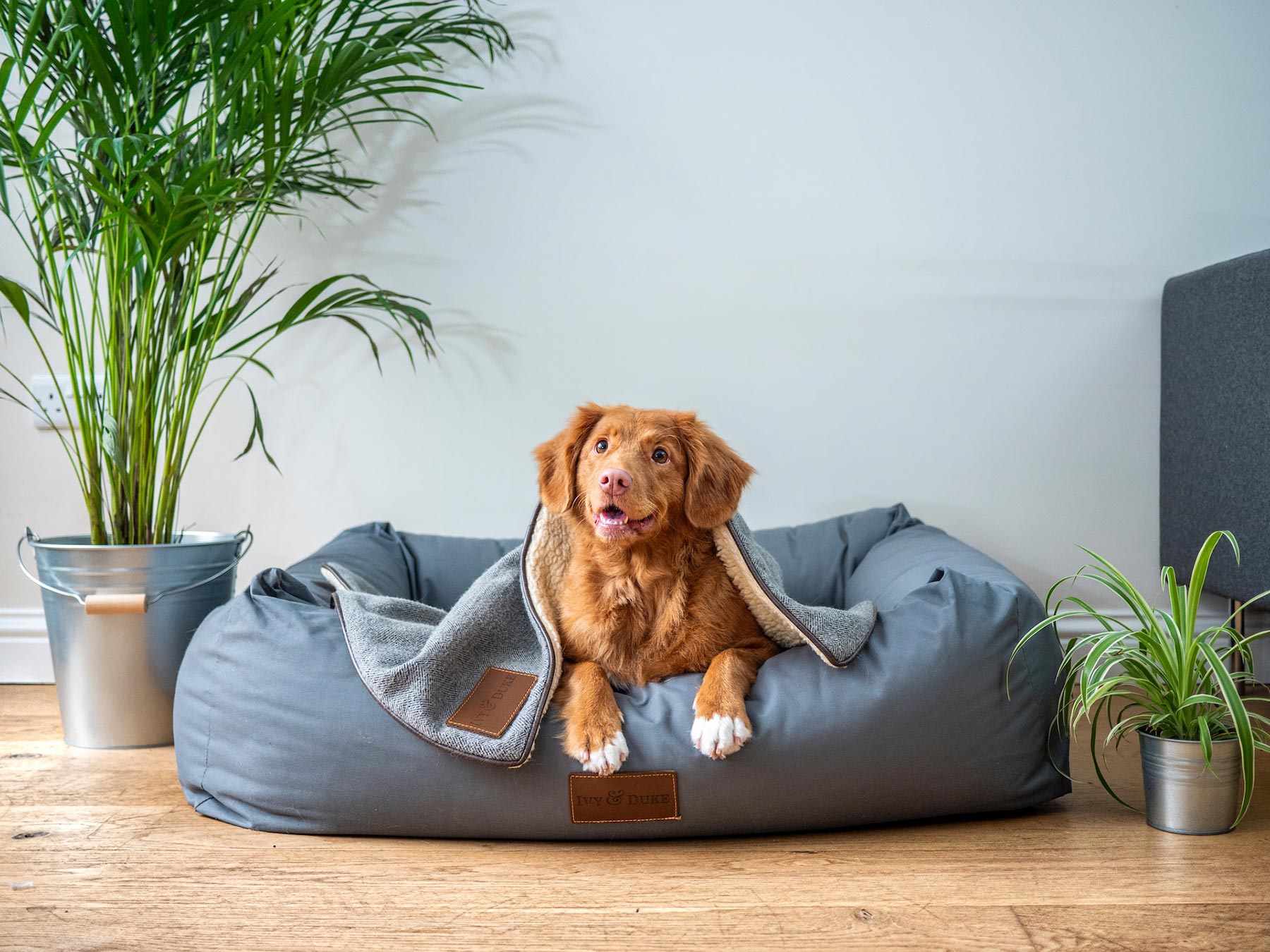How Do I Become A Pet Photographer?
Pet photography is an exciting and rewarding niche that you can pursue if you have a passion for animals and have a knack for taking a great photo.
As a pet photographer, you get to interact with beloved furry companions and their adoring owners, documenting their unique personalities.
Here are some tips on how to become a pet photographer:
Develop your photography skills
The first step towards becoming a successful pet photographer is to refine your photography skills. This involves understanding the fundamental principles of photography, such as composition, lighting and exposure. Familiarise yourself with the settings and features of your camera, and practice taking photos of various subjects in various locations and lighting conditions.
Take time to research and study different styles of pet photography, from classic pet portraits to action shots, lifestyle photography, and candid captures. You can also attend photography workshops, read photography books, and watch online tutorials to learn from other professionals and hone your craft.
Understand animal behaviour
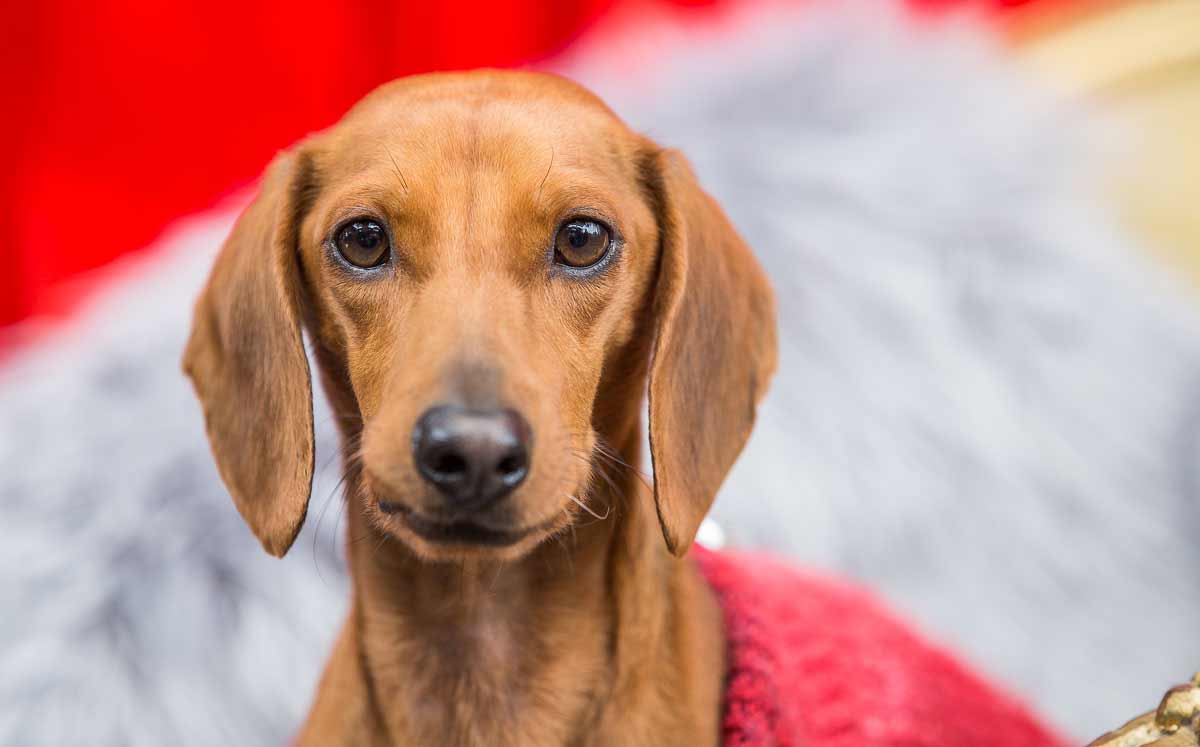 One of the most critical aspects of pet photography is understanding animal behaviour. You need to be able to read the animal’s body language, anticipate their movements, and adapt to their behaviour to capture the best images. This means spending time with different animals, observing their behaviours, and learning how to work with different personalities and temperaments.
One of the most critical aspects of pet photography is understanding animal behaviour. You need to be able to read the animal’s body language, anticipate their movements, and adapt to their behaviour to capture the best images. This means spending time with different animals, observing their behaviours, and learning how to work with different personalities and temperaments.
Additionally, you should familiarise yourself with animal safety and etiquette, both for your safety and that of the animal. For instance, you should never approach a new animal boisterously, avoid using flash, avoid loud noises that might scare them, and avoid overwhelming an animal with too much attention. It’s a sensible idea also to get a pet owners’ consent or written permission before you photograph their pets. Most owners won’t have a problem with doing this.
Build a portfolio
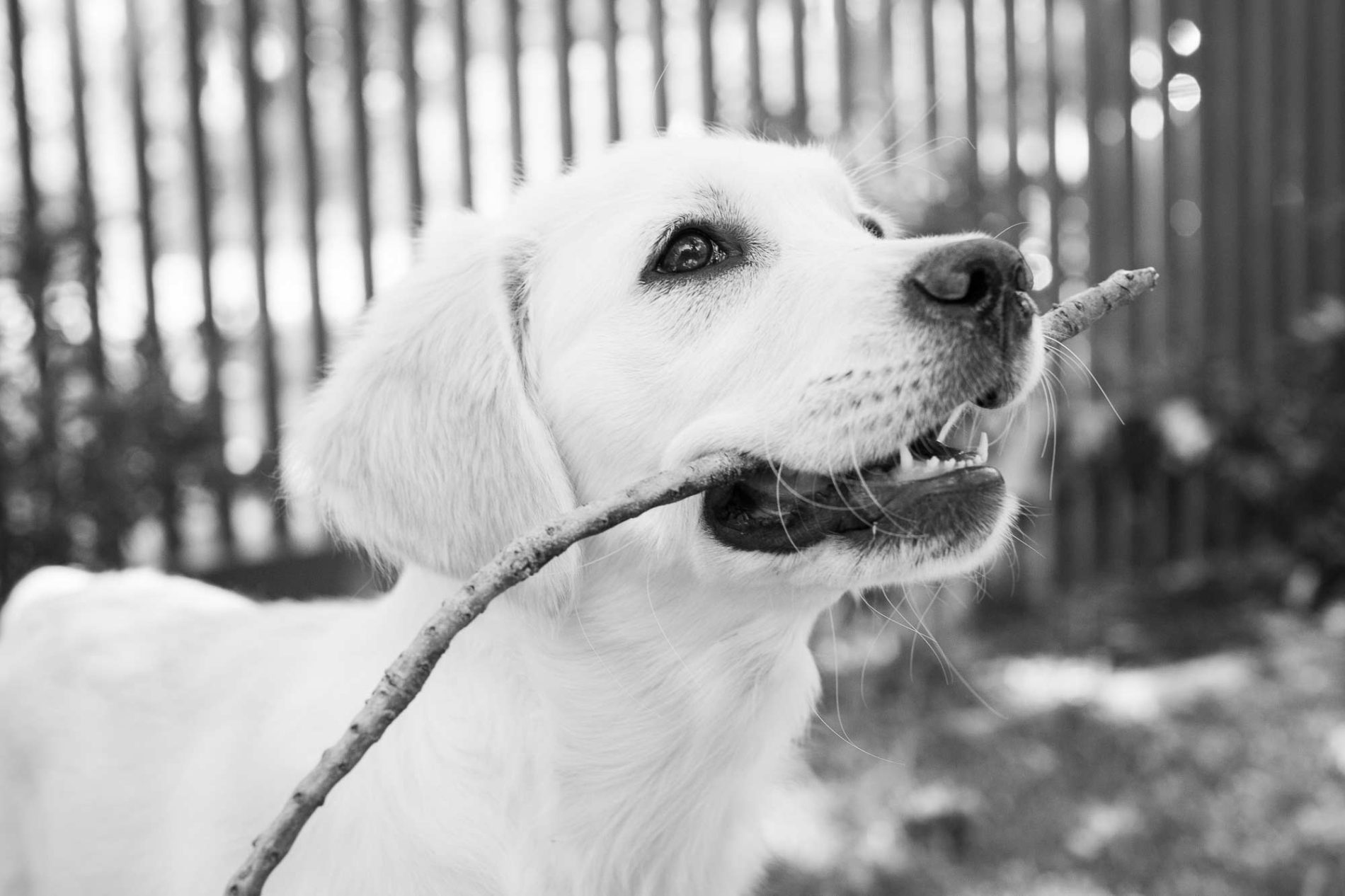 To attract clients and showcase your work, it’s important to build a portfolio of your best pet photography images. Your portfolio should include a variety of pet types, breeds, and settings to demonstrate your skills and versatility. You can even choose specific themes such as holidays or seasons if you’d like.
To attract clients and showcase your work, it’s important to build a portfolio of your best pet photography images. Your portfolio should include a variety of pet types, breeds, and settings to demonstrate your skills and versatility. You can even choose specific themes such as holidays or seasons if you’d like.
Be sure to select high quality, sharp, and well-lit photos that capture the animal’s unique personality. Consider different ways to display your portfolio – on a website, a social media platform, or in a printed format such as a book or brochure.
Market your business
Once you have a portfolio, it’s time to market your pet photography business. Social media can be a powerful tool to help you reach a large number of people quickly and efficiently. You can create a business page on Facebook or Instagram; showcase your work, and where you’ll be shooting next.
You can network with animal shelters, pet boutiques, and pet-oriented companies in your area, and offer discounts or partnerships in exchange for promotion.
Speaking of social media, it’s also important to engage with your followers and clients. Respond to comments and messages, share behind-the-scenes shots, and build a community around your brand.
Price your services
Pricing your pet photography services can be daunting, this includes factoring in the cost of your equipment, time, and expertise. You can research what other pet photographers are charging to get an idea of what to charge clients.
It’s essential to set a rate that reflects the value of your work and time. You can offer a few different service packages to give clients options and the ability to customise their experience.
Constantly improve your skills
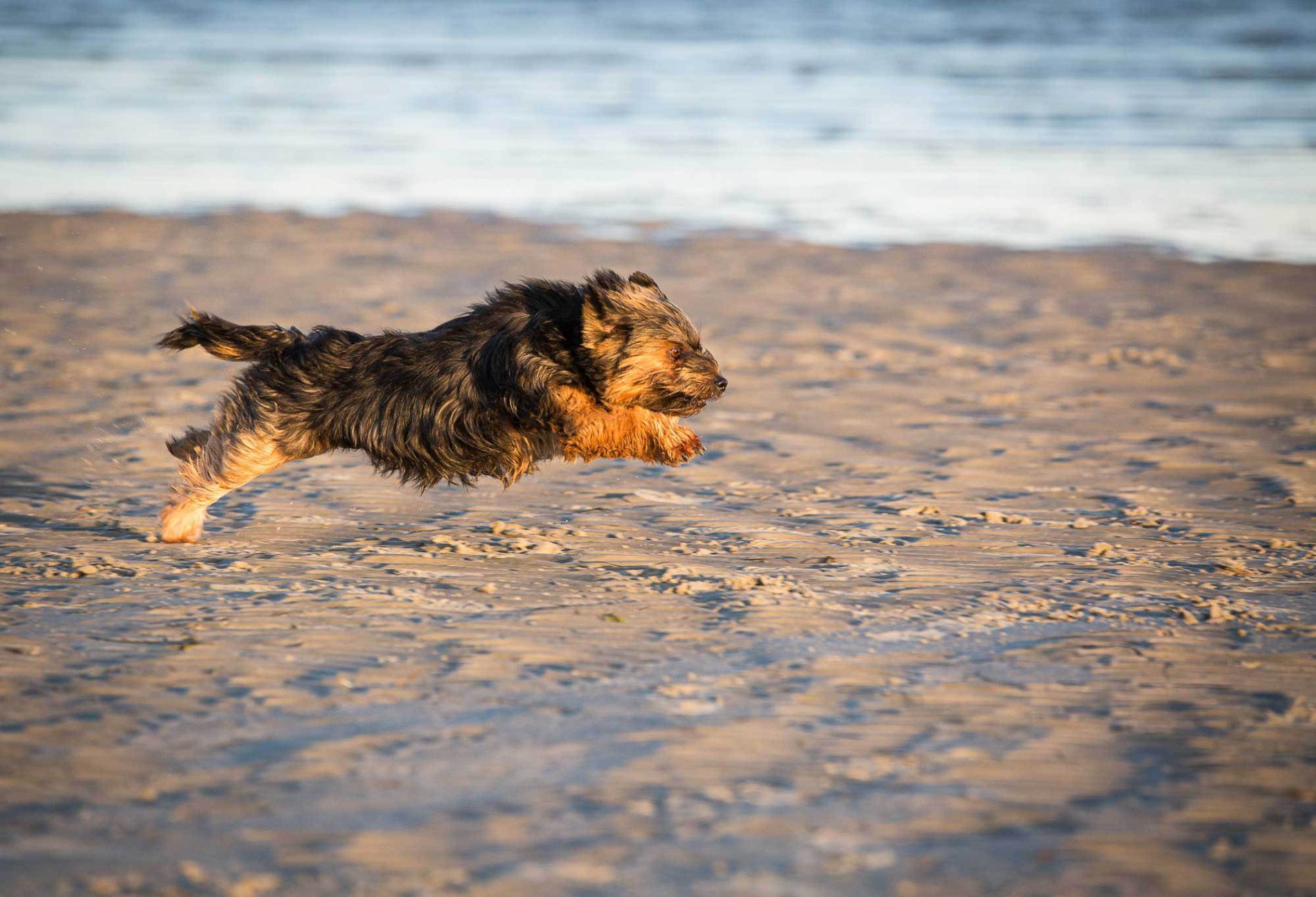 Becoming a pet photographer requires dedication, practice, and a willingness to constantly learn and improve. Attend workshops relevant to your area of interest to learn new technical or creative skills in pet photography. Read articles and find online tutorials to improve your photography skills.
Becoming a pet photographer requires dedication, practice, and a willingness to constantly learn and improve. Attend workshops relevant to your area of interest to learn new technical or creative skills in pet photography. Read articles and find online tutorials to improve your photography skills.
Shoot, shoot, shoot! Nothing improves skills like regular actions that help to create muscle memory and prepare a photographer for any situation that may arise.
Get feedback from fellow photographers and those who are appreciative of your work. Always try out new tricks and ideas, and most importantly, persistently work on your art with passion and creativity.
Assist photographers and work for free
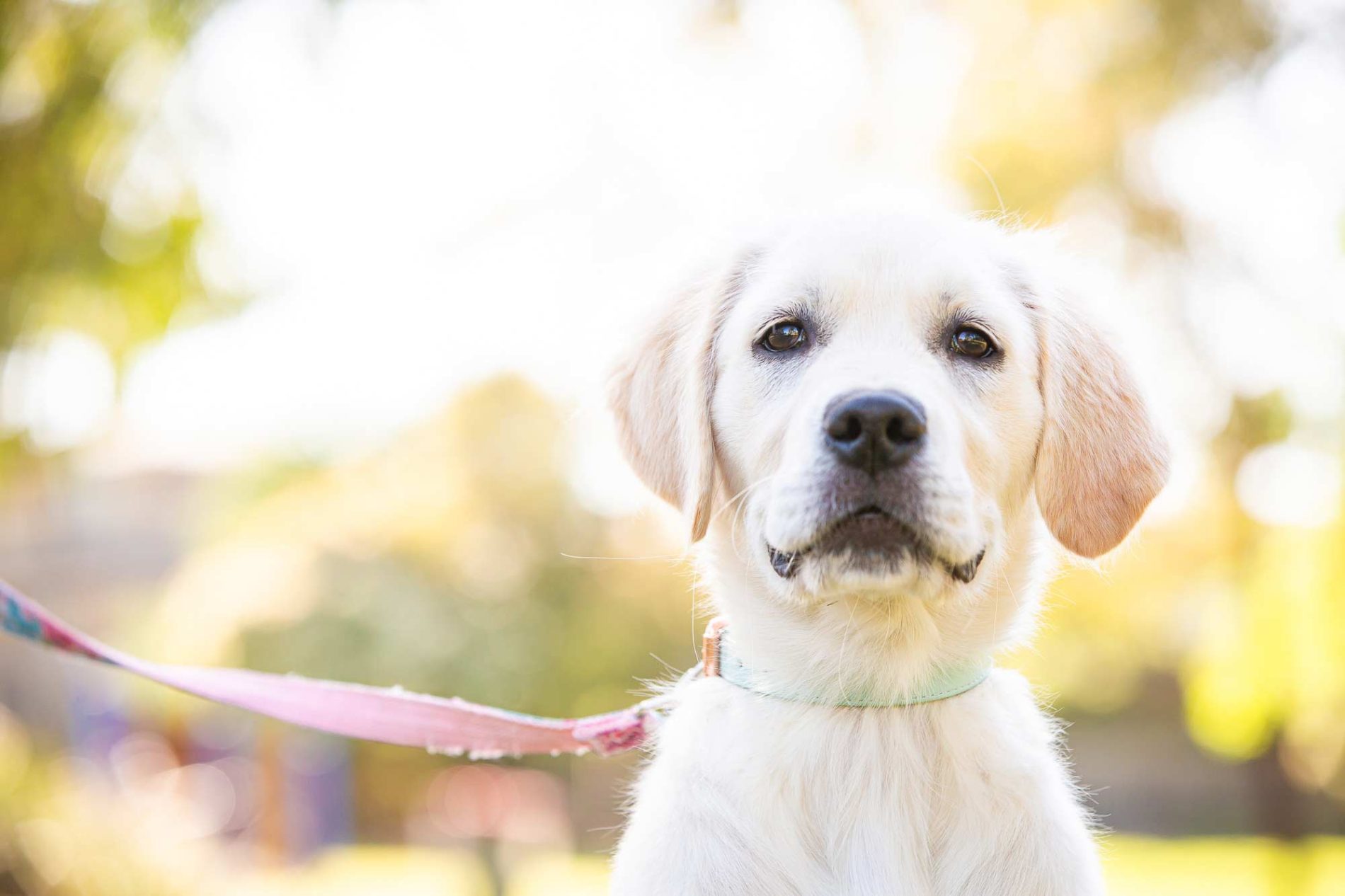 Work for free and assist other photographers. Offering free shoots is a great way to experiment and try out new ideas without the fear of the client being unhappy. Most clients will be over the moon to receive a free shoot and maybe a few prints. You can test out ideas and methods that you might not want to risk on a paid shoot.
Work for free and assist other photographers. Offering free shoots is a great way to experiment and try out new ideas without the fear of the client being unhappy. Most clients will be over the moon to receive a free shoot and maybe a few prints. You can test out ideas and methods that you might not want to risk on a paid shoot.
In your early days of starting a business, assisting other professional pet photographers is a great way to see how others work and what you can perhaps do (or not do!!). You may just be carrying bags or holding light stands and reflectors but it’s a great way of absorbing information and valuable tips on how to deal with clients and their pets.
Build a network
Working as a freelance pet photographer can be a lonely business at times, when you’re not out having fun with the dogs, so it’s important to either create or get involved with a peer group or create a network group of like minded photographers or small business owners.
There are numerous pet photographer Facebook groups which offer support, advice and feedback as well as several dedicated resources such as annual photography competitions and podcasts, including the Pet Photographers Club which was created by a Melbourne pet photographer.
Becoming a pet photographer requires dedication, a willingness to learn and practice, and a love for animals. It requires you to understand animal behaviour, have good marketing skills, strong business acumen, and constant practice to improve your skills. With passion, perseverance and consistent commitment, pet photography can be a rewarding career, side hustle or hobby that would allow you to create lasting memories for people and their furry friends alike.
How much do pet photographers earn?
The average salary for a pet photographer in the United States is around $51,000 per year. From speaking with professional animal photographers in Australia, it seems that the average earnings are comparable with the US.
However, earnings can vary depending on the experience, location, and the number of competitors they have in their local area.
Freelance pet photographers may earn less initially in their early years of business, but they have the potential to make more as they build their portfolio and attract more clients.
Additionally, pet photographers who specialise in specific types of animals, such as horses, cats or exotic pets, may be able to charge a premium for their services. Cats can be challenging to work with and not every pet photographer will have the patience or time to do it, so cat photographers may be able to earn above the average pet photography rates in your area.
Is pet photography profitable?
Pet photography has the potential to be profitable, depending on several factors. The demand for pet photography has increased in recent years as pets have become increasingly seen as members of the family, and owners want portraits of their pets. The market is relatively niche, but there is a strong, dedicated customer base that is willing to pay a premium for quality pet photography.
Also, since COVID and lockdowns, there are many more pets around, potentially increasing demand for the service.
Profitability depends on several factors, including your location, marketing strategy, and pricing model. Dog photographers in larger cities or areas with higher incomes may be able to charge more for their services.
A strong marketing strategy is also important to attract customers and promote your business. Finally, pricing should reflect the value of your work, including time spent editing and producing final images.
Overall, pet photography can be profitable for skilled photographers who are able to produce high-quality images and market their services effectively to potential customers.
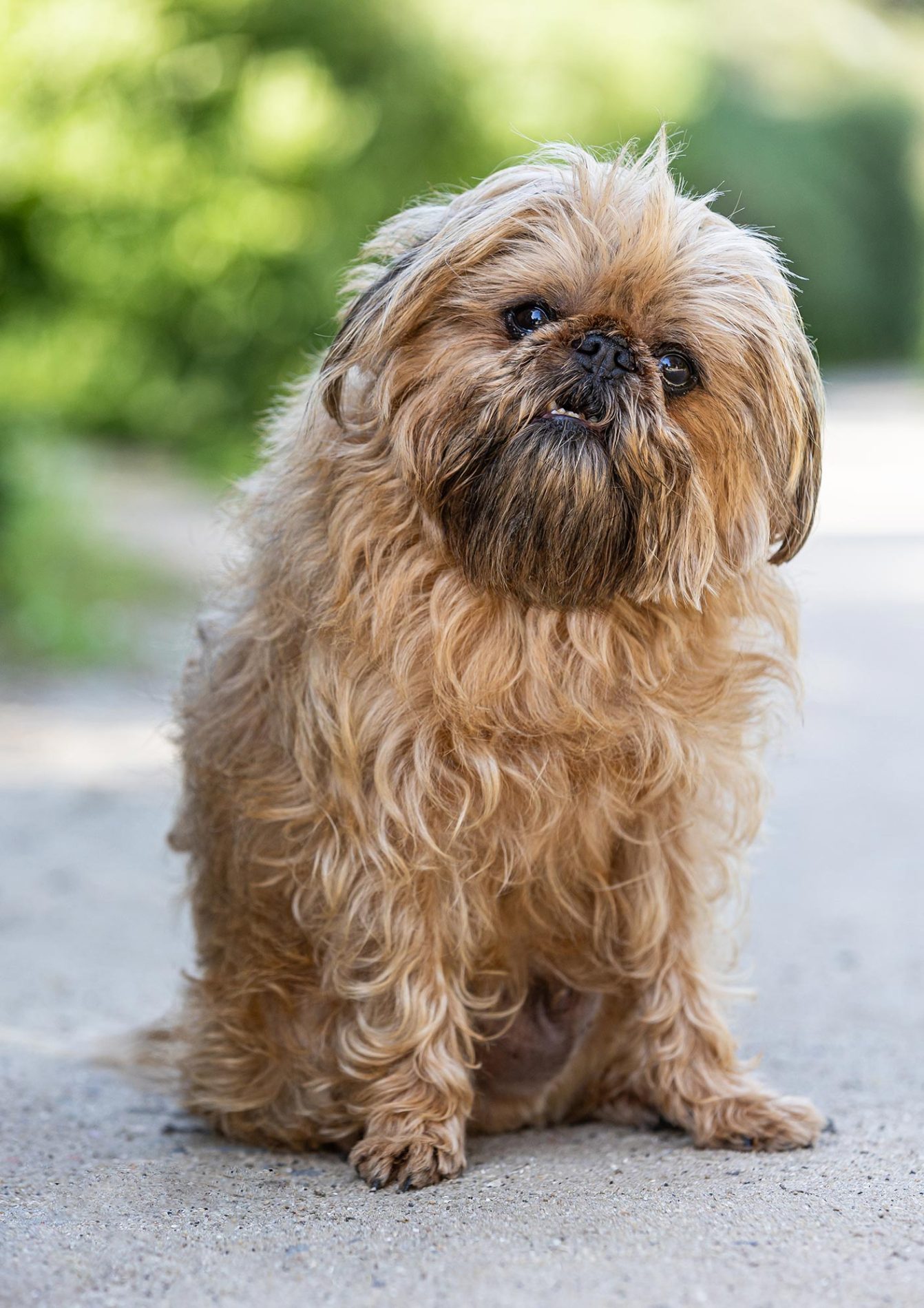
Is there a demand for pet photographers?
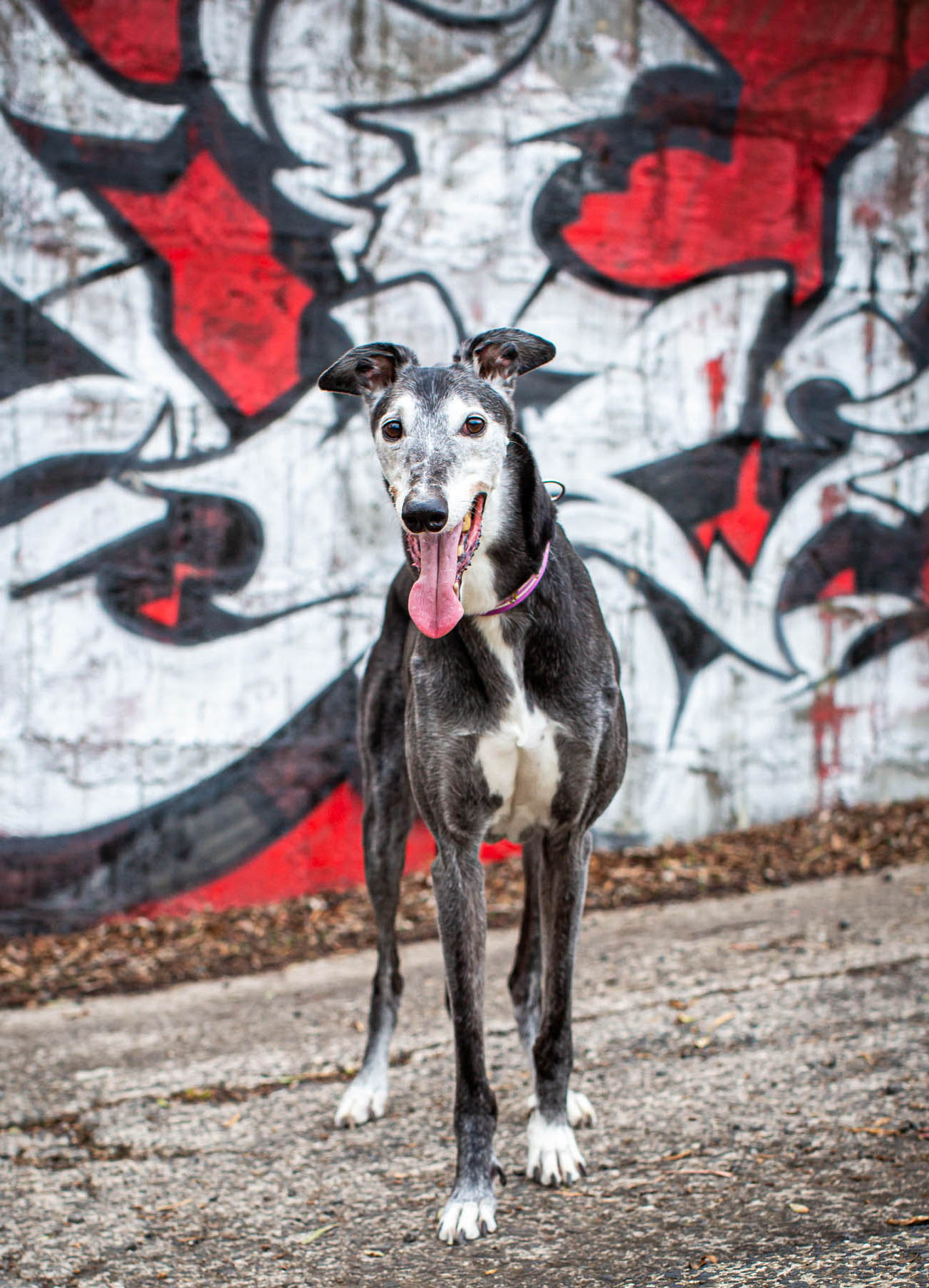
According to recent news reports and after researching google search volumes, there has been an increase in demand for pet photographers.
With the rising popularity of social media, pet owners are looking for professional photographers who can capture their furry friends in the best possible way.
Additionally, pet photography is becoming a specialised niche, and many pet owners are willing to spend money on creating beautiful mementos of their beloved pets. However, this does vary depending upon the locality and demographics.
It’s best to do some research on the local market and assess the demand before starting a business in pet photography.
Is pet photography difficult?
Pet photography can be both easy and difficult depending on several factors such as the pet’s behaviour, the location, and lighting conditions.
Taking quality, well exposed and sharp photos of pets is not easy, especially when you’re dealing with unpredictable animals or the elements. However, with practice and patience, it can be a rewarding experience.
Additionally, fully understanding your camera settings and composition techniques can help to make the process easier and substantially improve your hit rate.
Whenever going out on a booking to photograph an animal, not only should you remember your camera, but you should also definitely take your patience and add in an extra hour as a buffer between jobs, just in case your subject isn’t as co-operative as you hope.
What is the best camera for pet photography?
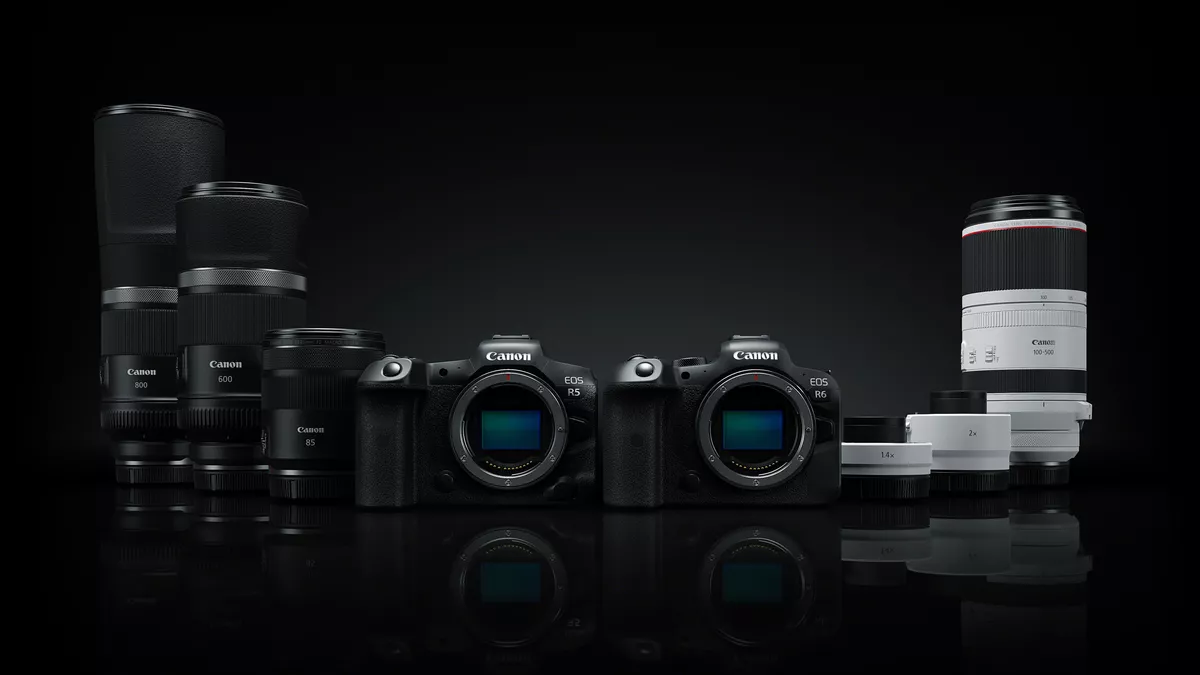
The best camera for pet photography has to be one of the new Canon mirrorless cameras (R5, R6, R3).
They’re perfect for photographing animals and are a great help in nailing sharp images, especially with the animal eye focus feature which locks on and tracks the subject’s eye. It’s especially good with pets that are running or simply won’t sit still.
Can you make a living from pet portraits?
It is possible to make a living from pet portraits, but it depends on several factors such as skill level, marketing ability, and the demand for pet portraits in your area. Some professional pet portrait artists are able to charge hundreds or even thousands of dollars per portrait, which can make for a sustainable income if they have a steady stream of clients.
However, it can take time, effort, and dedication to build a successful career as a pet portrait artist or photographer.
How do I get clients for my pet photography?
All photographers have to work out ways of attracting clients so here are some of our favourite tips on how to get clients for your pet photography business:
Set up a website and social media accounts
Create a website that showcases your pet photography portfolio and services. Consider setting up Facebook, Instagram, Snapchat, TikTok and Pinterest accounts, and use them to promote your work and interact with potential clients.
Attend pet-related events
Attend pet events in your area and set up a booth to display your work. You can also offer a photo booth where pet owners can have their pets’ photos taken.
Partner with pet businesses
Build relationships with pet businesses such as pet stores, groomers, and dog trainers. Offer to take photos of their furry clients and display your work in their establishments.
Offer Discounts
Consider offering discounts to new clients or for referrals. This will encourage people to try out your services and spread the word.
Don’t rely on this as a business model moving forward though, and only do it as long as you need to get comfortable with your skills and variety in your portfolio.
Use word of mouth
Encourage satisfied clients to recommend your services to their friends and family. This is an effective way to gain new clients and grow your business.
Volunteer your services
Offer to take photos of pets in animal shelters or rescues. This will not only help promote your services but also provides a great service and gives back to the pet community.
Offer Seasonal Packages
Offer seasonal packages, such as holiday cards with pet photos, that pet owners can purchase as gifts or for their own use. This will help generate business during slow seasons.
We find that Santa photos are always popular, but why not consider Easter, Mothers Day and Fathers Day too?
Paid advertising
If you have the budget, Google Ads is a great way of attracting enquiries from a targeted area, FAST!
We suggest you start off with a small budget until you’re comfortable with managing the ads, or get a professional to manage the account for you.
DON’T Become A Pet Photographer!
We came across this video recently from an experienced professional pet photographer, offering all the reasons that you shouldn’t become a pet photographer. It’s always good to hear a counterpoint to a discussion and we suggest that you watch the video to hear her reasons, BUT don’t let it put you off starting something that you will most likely love doing. As always, information is power so if you know what the problems might be, you can prepare to avoid them.
What makes a good pet portrait photograph?
We believe that some of the characteristics of a good pet portrait photograph include:
Capturing the pet’s personality and character, showing their unique traits and behaviours in the image.
Focusing on the animal’s eyes, as they are a natural focal point for viewers and can convey emotion and personality. As the saying goes, the eyes are the windows to the soul.
Using natural lighting and avoid flash, unless it’s a very particular style you are shooting for. Without an assistant or easily moved light stand, flash can sometimes cause red-eye and harsh shadows. Using off-camera flash is the way to go.
Considering the composition and background of the image, using shallow depth-of-field and framing techniques to draw attention to the pet.
Capturing the pet in a natural and comfortable environment with a non distracting background, where they can be themselves and show their true personality.
Using high-quality cameras and lenses to produce a clear and detailed image.
Having patience and capturing multiple shots to ensure capturing the right moment.
Having a connection and bond with the pet and their owner to capture the essence of their relationship.
How do I sell my animal photos?
There are several ways for you to sell your animal photos:
Online marketplaces
You can upload your photos to websites like Shutterstock, Getty Images, and istock and earn money whenever someone downloads them.
Stock photography websites
Upload your animal photos to websites like 500px and Alamy and earn money whenever someone buys your photos either for personal use or to publish online, in print or on television.
Print-on-demand services
You can create prints, posters, and other merchandise using your animal photos and sell them online through sites like Redbubble or Zazzle.
Sell your photos directly to clients
Reach out to magazines, websites, and other businesses that might need animal photos for their content and sell your photos directly to them.
Social media
Attend public dog events and take photos of every dog you meet. Post the images (with a watermark!) on social media or a gallery on your website and hopefully a few owners will buy one from you.
What are some common mistakes in pet photography?
Poor composition: Capturing pets in awkward or unflattering poses.
Unfocused images: Failing to focus properly on the pet’s eyes, or using a slow shutter speed that produces blurry images.
Bad lighting: Poorly lit images that have harsh shadows, overexposed highlights, or underexposed shadows.
Red-eye: Pets, may end up with the dreaded red-eye if you use on-camera flash. Once again, off camera flash is your friend!
Unnatural posing: Forcing pets into unnatural poses or positions for the sake of a photo.
Over-editing: Over-editing photos can make them look unnatural or fake.
Not capturing the pet’s personality: Failing to capture the pet’s unique personality and character in the photo.
Distractions in the background: Having distractions in the background of a photo can take away from the pet as the focus.
Inappropriate use of flash: Flash can startle or scare pets, so it’s important to use it sparingly and in a proper setting.
What skills do you need for pet photography?
It’s not solely photography skills you need to become a good animal photographer, it’s more about combining and improving your skills from several different areas to make a complete package. Check out these suggestions:
Knowledge of animal behaviour: It’s important to have a good understanding of how animals behave and react to different situations. This will help you to anticipate their movements and reactions while photographing them.
Patience: Animals can be fidgety and unpredictable, therefore, pet photographers must be patient, calm and composed. This skill allows the photographer to encourage their subjects to relax and be comfortable during the shoot.
Photography skills: Pet photographers need to have good knowledge of photography techniques, which includes lighting, composition, and exposure.
Communication skills: It’s important to have good communication skills to interact with pet owners and make their pets feel comfortable in front of the camera.
Creativity: Being creative and thinking outside the box can help create unique and beautiful pet portraits. Dare to be different. Photographers with a unique style will set themselves apart from their competitors.
Technical Skills: Technical skills such as photo retouching, editing, and post-processing are essential skills a pet photographer needs to have, as clients may expect these services to be included in their package.
Animal welfare: Photographers must respect and prioritise the welfare of pets throughout the photography process. Being observant of a pet’s disposition, surroundings, and overall comfort.
What is the best background for pet photography?
The best background for pet photography is one that doesn’t compete with your pet’s appearance.
Neutral coloured walls, grassy areas, tree-lined paths, and other natural and clean elements make great backdrops that will help your pet stand out.
If you’re shooting indoors, a seamless white, grey or single coloured paper backdrop can create a clean, modern look.
Consider your pet’s colouring when choosing your backdrop – if your pet has a dark coat, you’ll probably want to avoid dark backgrounds; if they have a light coat, avoid light-coloured backgrounds.
And don’t be afraid to get creative – your pet’s personality can shine through in any setting.
Are pets camera shy?
Generally speaking, pets may feel unsure or afraid when they see a camera pointed at them, especially if it’s an unfamiliar object or if they’ve had bad experiences with cameras.
Some pets may also be curious and interested in the camera and show no signs of shyness. It all depends on the individual pet’s personality, past experiences, and level of comfort with the camera.
What breed of dog is the easiest to photograph?
Many dog photographers consider Labrador Retrievers, Golden Retrievers, and German Shepherds to be the easiest dogs to photograph due to their friendly nature and ability to stay still.
Other factors that can make a dog easier to photograph include their coat colour and texture, size, and level of training.
Cats and dogs with dark fur can be trickier to photograph as camera auto focus sometimes has trouble picking out features such as the eyes against black fur, but experienced photographers will know how to deal with this situation.
Ultimately, every dog is unique and have their own personality and disposition.
How much does a pet photographer cost in Melbourne and Sydney?
According to recent price surveys and reviews from various websites, the cost of hiring a pet photographer in Melbourne can range anywhere from $150 to $500 per session.
We have found that the cost of a pet photographer in Sydney can vary considerably, but prices range from $250 to $1000 per session, with some including some form of final product.
The price may depend on factors such as the photographer’s experience, their location, the length of the session, the number of pets, and the type of photography you want.
It is advisable to check the photographers’ galleries, compare their rates or request quotes, and always read independent reviews before booking a session.
Frequently Asked Questions
Expert Advice
Read some of our recent articles on pet care, animal photography and tips on how to start an Australian pet photography business.
